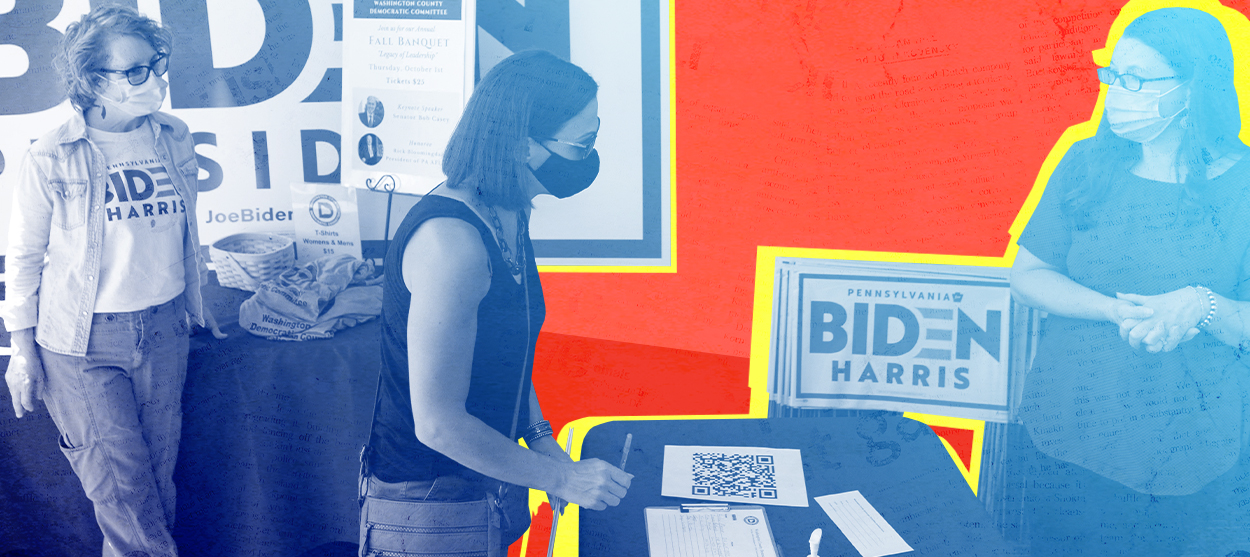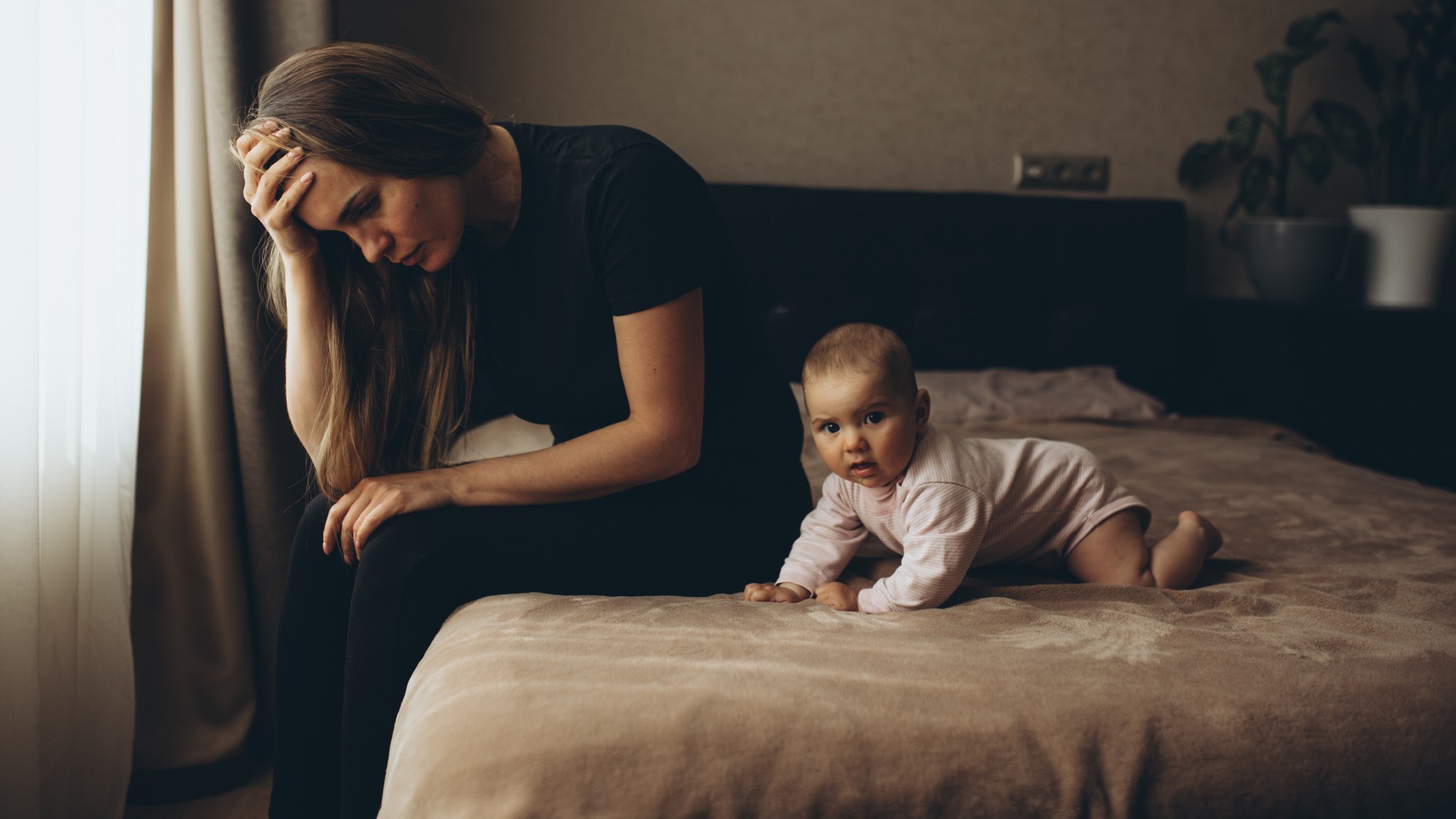Where will suburban women go after Trump?
Why 2020 won't be the end of the wine moms uprising


It is hard to believe, but under President Trump racial political polarization in the U.S. has actually decreased. In 2016, Trump did slightly better among Blacks and Latinos than Mitt Romney did in 2012, and this year he looks to do better still (though Joe Biden will certainly win a large majority of Latino and virtually all Black voters).
But on the other hand, gender political polarization has increased markedly under Trump. The partisan voting gap between men and women was the biggest ever recorded in 2016, and as Eric Levitz writes at New York, it will be even bigger in 2020 if current polls hold — an eye-popping 28 percentage points.
The core of this gender movement is suburban women, whose voting behavior has changed the most of any large group under Trump, as political scientist Theda Skopal has observed. A vast network of loosely-organized groups, composed largely of middle-class women, have sprung up to revitalize the Democratic Party at the local level, turn Trump out of office, and elect hundreds of their candidates to state and local offices. Should Biden win, a great deal of the politics of the next four years will turn on what these women decide to do with their newfound political muscle.
The Week
Escape your echo chamber. Get the facts behind the news, plus analysis from multiple perspectives.

Sign up for The Week's Free Newsletters
From our morning news briefing to a weekly Good News Newsletter, get the best of The Week delivered directly to your inbox.
From our morning news briefing to a weekly Good News Newsletter, get the best of The Week delivered directly to your inbox.
The rising of suburban women blindsided many Democratic Party professionals, as Skopal and Lara Putnam write at Democracy Journal. Trump precipitated a huge surge in political organizing from this group, who set up new organizations and swarmed into existing ones by the millions. It was probably the single largest factor behind the Democratic victories in the 2018 midterms. As Gideon Lewis-Kraus writes at The New York Times, this trend changed Virginia from a swing state to a reliably blue one, where Democrats run the entire state government. But will this surge last, should Biden win?
Broadly speaking, I see two possibilities. First, these women might lift Biden into office, decide their work is done, and let their organizations fall apart. This is basically what happened in 2009 after Obama took office and deliberately destroyed the vast Obama for America organizing structure that had won him the primary and the general election. Alternatively, these groups could stay the course, and continue organizing to push Biden to deliver on his promises or to achieve other goals.
It is, of course, impossible to predict the future with any confidence at such a chaotic time. (Trump might win, in which case these women will surely stay in politics.) It might indeed turn out that getting rid of Trump will be such a profound relief that people will just quit and go back to brunch.
However, there are some reasons to suspect otherwise. For one thing, liberals do not love Biden to nearly the same degree as they love Barack Obama. Biden has a relatively low "very unfavorable" rating, but he also has a low "very favorable" rating — in other words, even dedicated Democrats have fairly mild feelings about him. In the primary, he was clearly who loyal Democrats thought was likeliest to beat Trump, rather than someone who captured their hearts. Organization-wise, that is a good thing, because it means rank-and-file liberals will be more resistant to any Obama-style messages to go home and let the party elites handle everything, and less likely to think the job is finished with the success of a single candidate.
A free daily email with the biggest news stories of the day – and the best features from TheWeek.com
Political organizing also comes with benefits of camaraderie, solidarity, and possible achievement. "The sisterly intimacy and grassroots nature of these groups could ultimately be what carry them forward," speculates Elaine Godfrey at The Atlantic.
I also suspect that the last 12 years of history have changed the perspective of even the squishiest liberals about what is needed to get America back on two legs. Back in 2008, it was much easier to believe that George W. Bush was a freakish political aberration who had squeaked into office through a stolen election, and all that was needed was an honest, decent president to put things right.
In reality, there were major problems festering below the surface of both the economy and the political system, and now they are undeniable. Then and now, extreme inequality has left tens of millions of Americans on the edge of destitution, health care cost bloat is devouring the economy, and the Republican Party has gone completely off the deep end. Instead of fixing the country, Obama betrayed millions of his supporters to save Wall Street, while the Republican Party that took advantage of the resulting backlash was continually more full of addle-brained conspiracy loons — and now one is president. Today, we are in the pit of a once-in-a-century global pandemic that has bludgeoned the economy and thrown millions more into destitution. Even to return to the inadequate 2016 status quo that produced Trump is going to require monumental legislation, on the order of several trillion dollars.
In short, liberals have been radicalized under Trump — on race, on inequality, on climate change, on health care, on immigration, and on many other questions. Most of these suburban women are no doubt moderate compared to the average Democratic Socialists of America member, but they are also probably well to the left of where they were in 2016, let alone 2008. The suburbs are also much more diverse than they once were, and economic precarity has spread steadily further up the income ladder.
Even the moderate outcomes of full employment, a halfway functional health care system, and reasonably democratic government will require radical action in the coming years. Whether a potential President Biden might be bullied into doing so will depend greatly on what a lot of suburban moms choose to do with their time. I, for one, feel cautiously optimistic.
Ryan Cooper is a national correspondent at TheWeek.com. His work has appeared in the Washington Monthly, The New Republic, and the Washington Post.
-
 ‘Care fractures after birth’
‘Care fractures after birth’instant opinion Opinion, comment and editorials of the day
-
 Shots fired in the US-EU war over digital censorship
Shots fired in the US-EU war over digital censorshipIN THE SPOTLIGHT The Trump administration risks opening a dangerous new front in the battle of real-world consequences for online action
-
 What will the US economy look like in 2026?
What will the US economy look like in 2026?Today’s Big Question Wall Street is bullish, but uncertain
-
 Bari Weiss’ ‘60 Minutes’ scandal is about more than one report
Bari Weiss’ ‘60 Minutes’ scandal is about more than one reportIN THE SPOTLIGHT By blocking an approved segment on a controversial prison holding US deportees in El Salvador, the editor-in-chief of CBS News has become the main story
-
 Has Zohran Mamdani shown the Democrats how to win again?
Has Zohran Mamdani shown the Democrats how to win again?Today’s Big Question New York City mayoral election touted as victory for left-wing populists but moderate centrist wins elsewhere present more complex path for Democratic Party
-
 Millions turn out for anti-Trump ‘No Kings’ rallies
Millions turn out for anti-Trump ‘No Kings’ ralliesSpeed Read An estimated 7 million people participated, 2 million more than at the first ‘No Kings’ protest in June
-
 Ghislaine Maxwell: angling for a Trump pardon
Ghislaine Maxwell: angling for a Trump pardonTalking Point Convicted sex trafficker's testimony could shed new light on president's links to Jeffrey Epstein
-
 The last words and final moments of 40 presidents
The last words and final moments of 40 presidentsThe Explainer Some are eloquent quotes worthy of the holders of the highest office in the nation, and others... aren't
-
 The JFK files: the truth at last?
The JFK files: the truth at last?In The Spotlight More than 64,000 previously classified documents relating the 1963 assassination of John F. Kennedy have been released by the Trump administration
-
 'Seriously, not literally': how should the world take Donald Trump?
'Seriously, not literally': how should the world take Donald Trump?Today's big question White House rhetoric and reality look likely to become increasingly blurred
-
 Will Trump's 'madman' strategy pay off?
Will Trump's 'madman' strategy pay off?Today's Big Question Incoming US president likes to seem unpredictable but, this time round, world leaders could be wise to his playbook
